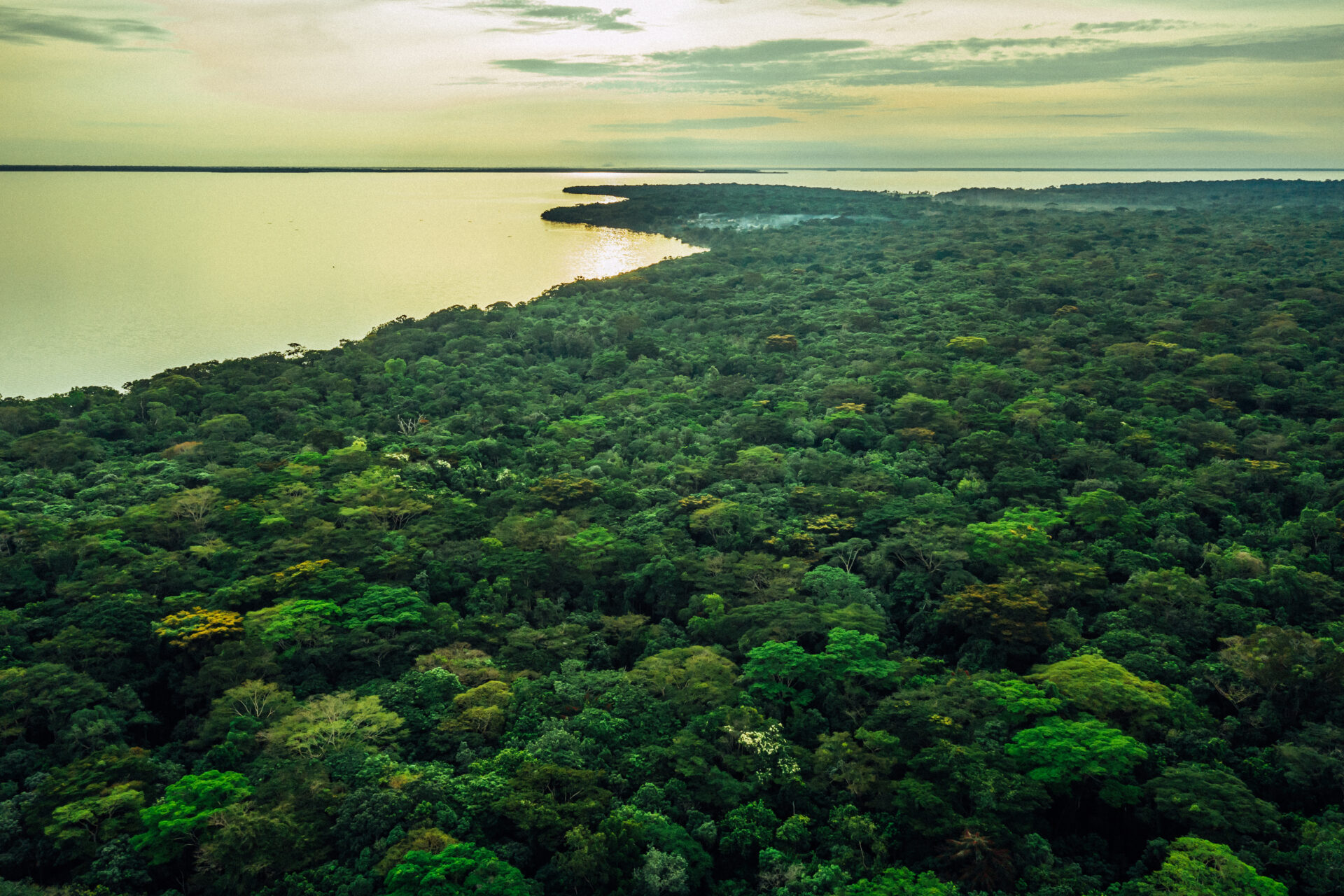
Can you talk about the impact of the Wildlife Works Mai Ndombe REDD+ project?
When we started the project there were no elephants or bonobos present. They were around, but were hiding very, very far from the villages, because they were hunted. But now, we’ve reached a stage where wildlife has returned and that’s great. This is really what we wanted the project to achieve.
But the most important impact is social. When you get to villages you see that the number of children going to school has increased dramatically, as teachers are being paid by the project.
We are building good schools for communities and we have also started to build medical facilities. We are going to have a great impact in medical facilities because we have started to fast-track this area.
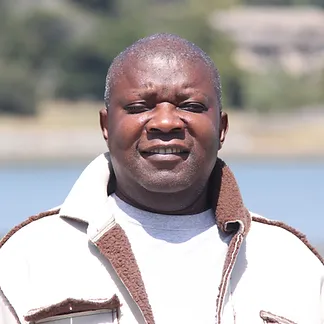
So, this for me is really the most important impact, seeing the improvement in the lives of the people. Just last week the villagers told us they have produced a lot of cassava in the villages but they didn’t have anyone to sell it to and they asked us to sell it. And that’s what we did. We took it to another area who needed cassava.
In the past, villagers were clearing the forest to grow cassava in primary soil and we introduced a new variety that can be grown in low quality soil. And the yields are much higher.
When we got to Mai Ndombe, it was one of the poorest provinces in the country. But we are now contributing more than 90% of the province’s revenue.
The other 10% is from taxes from logging companies and area taxes. Last year, we paid $4 million and the province is now getting more money. So we are helping our local government. And we are helping community members while protecting the forest. And that is really what we want to achieve.
Our major goal is to improve the livelihoods of the communities we work with and we are showing that improving community livelihoods does not oppose conservation. We can do both at the same time.
What was the educational system like before the project?
When we arrived here, children were being taught under the trees and you will see in areas where we are not working that it’s still the same. Now we are going very fast and working quickly to ensure that every village will have a decent school.
What about teachers?
Before, the teachers weren’t getting paid and they had to ask for school fees. It was problematic as they cost 1000 Congolese Francs per student per month, which is equivalent to 50 cents, but the communities couldn’t afford this.
So we are now paying salaries for 342 teachers, and we’ve calculated that to cover every single village, it’s going to cost the project $210,000 per month.
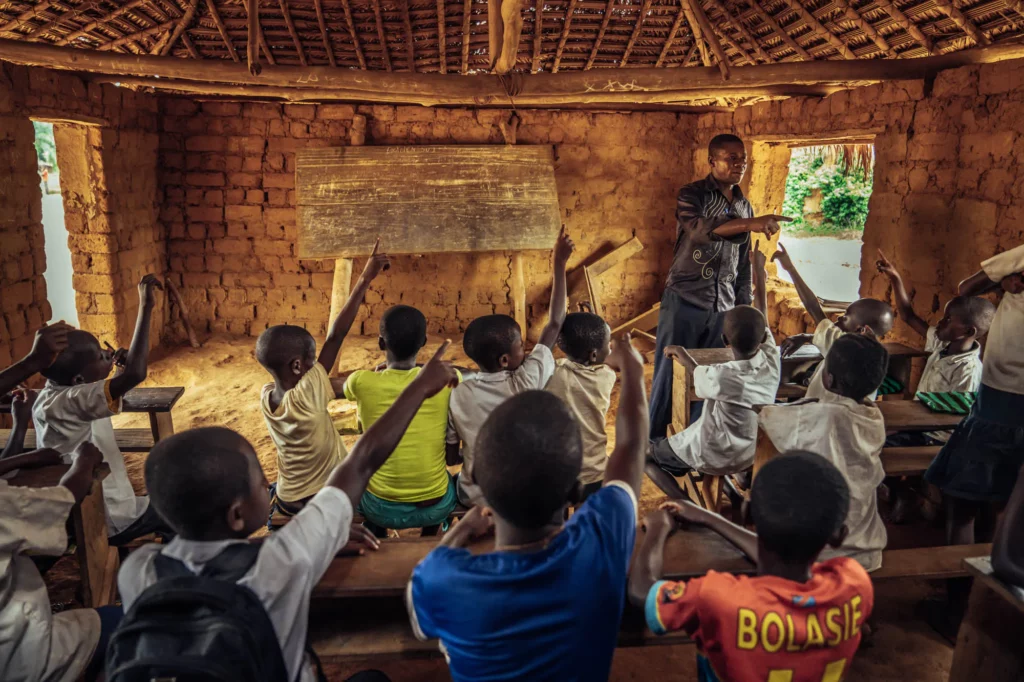
What about progress on health care?
Health is highly challenging in this area. In the past, we used to have epidemics, especially among the children. We had outbreaks of Rubella and measles at the beginning of the rainy season,
Malaria is a big problem, the number one killer in the area. Every time you have an outbreak of measles, it’s always associated with malaria.
But we now have less of these epidemics.
We still have problems here and there, but we do our best to get a doctor there straight away so we can stop diseases from spreading.
We now have enough mobile clinics so that medical care can reach every single village. And we have a surveillance system, where if something happens in the village, they will call us and we’ll send doctors and nurses to take care of the situation.
We make sure that we have a constant supply of medicines so we are always ready to intervene. We are in the process of building facilities. And we will also cover some nursing salaries, because if they don’t have salaries they have to charge community members when they come to the hospital, and they don’t have the money.
Paying the salaries of doctors and nurses and teachers is an important priority, as requested by the Local Development Committees.
The government is supposed to be paying for these salaries, but they’re not paying yet. So, we want to reduce the burden on the community by paying for them, but we are in discussions with the government to take over these payments.
The other big health problem was water-related illnesses, but now we are providing safe drinking water to villages. We are building water wells in every single village so villages can have safe, clean drinking water. We have not provided them in all the villages yet. But we are on the way.
In all of the villages where we have provided a water well, there are no more water-related illnesses, such as diarrhoea which can kill small children and older people. And we are prioritising the villages where water-related illnesses are most prominent.
How involved are the community?
Every time we go to a village, 80% of the population will come and tell us what problems they have. And sometimes it’s hard to hear all of them as there are so many. But we make sure we sit down quietly with them to hear their concerns.
At the beginning, some people who were influenced by those supporting logging in the area opposed the project.
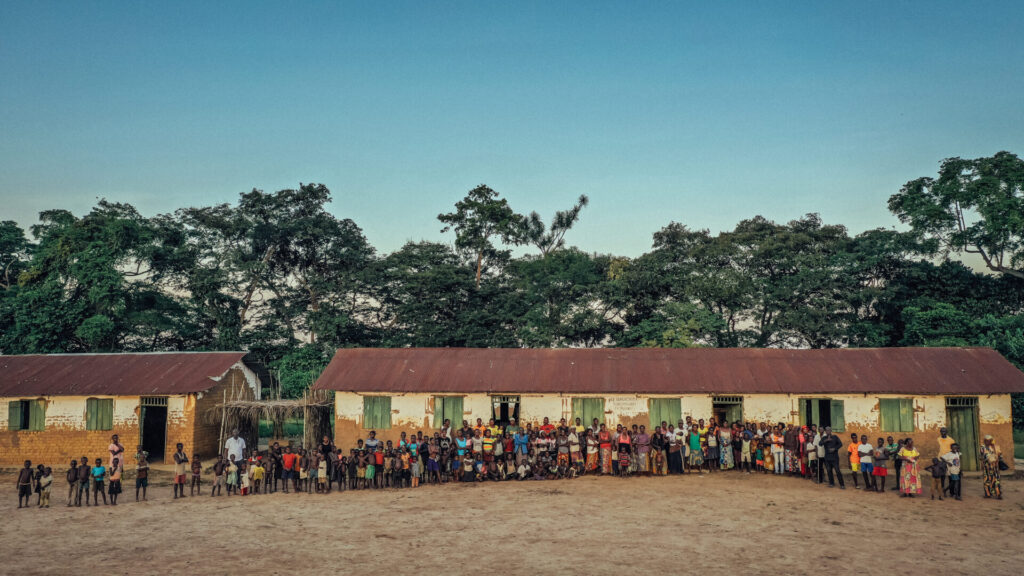
But now we are having such tangible results that the communities are 100% behind us.
Can you talk about the process encouraging people not to engage in deforestation?
Wood for firewood is not a problem because they have a lot of areas where they cultivate where they can use the wood.
There is no need for them to cut the primary forest because it is difficult as the trees are so big. The logging companies would cut these trees.
But I will tell you this, the most important driver of deforestation was cassava cultivation because the old types needed very fertile soil that you could only find in the primary forest.
So they would clear primary forest in order for them to get high yields of cassava, but since we introduced this new variety that does not need fertile soil, this no longer happens. It didn’t happen overnight.
We had a demonstration cassava plantation for six months and people came to see the harvest and they saw that the plantation yielded 6-10 times more than they did in the primary forest. Everyone was very impressed and wanted to get involved.
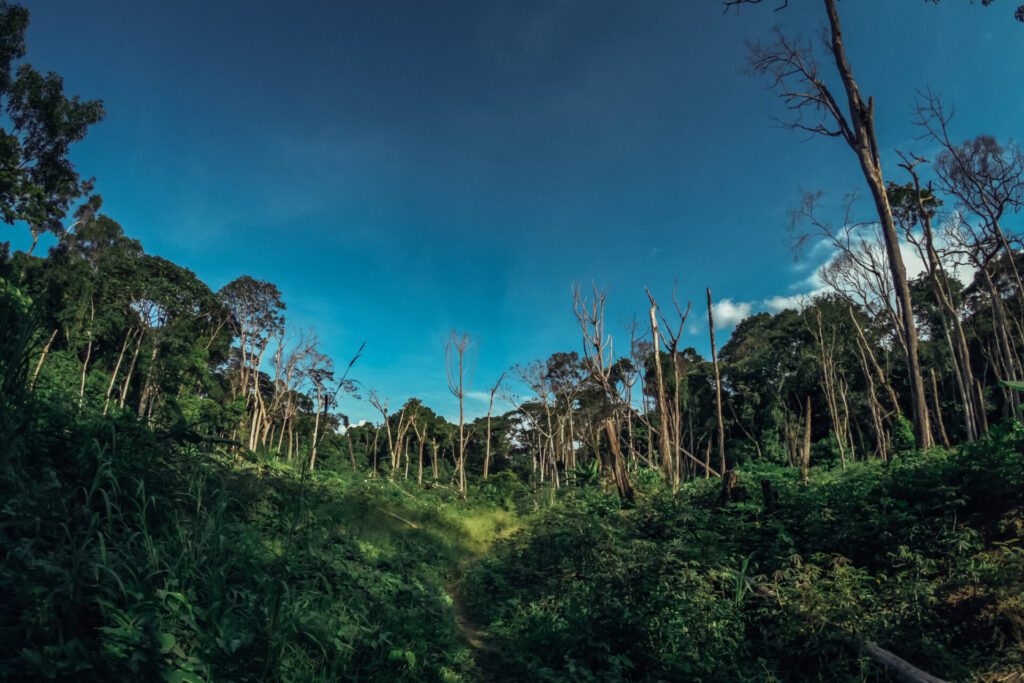
Can you talk about inequalities that exist in the communities, such as with Batwa communities and women and girls?
The Batwa community is the one that has always been behind and it is still the case today. This is why one of the first schools we built was in a Batwa village called Ikita and we are encouraging Batwa children to go to school and to get a high school degree. We are going to provide scholarships so they can enhance their livelihoods. Our Batwa people have never been to university, so we are taking action to change this.
We are signing agreements with Michigan State University and South Dakota State University so the smartest among them will be able to study in the US. We are also providing scholarships to the other communities on a competitive basis.
In terms of women, it’s been quite hard traditionally for women to be educated. The women love the project and the women’s empowerment groups are really enhancing agriculture in the area. It’s the women in the villages who are the ones who are highly involved in agricultural production.
Can you talk about the impact on education?
When we started taking care of the schools, we saw a surge of kids coming to school and we saw that every single kid in a village was coming to school so this was highly encouraging. I am a teacher, and we want every kid to finish high school and get a high school degree, even though we know that this is not possible. But yes, we are having a big impact.
Are you seeing a big increase in girl child education?
Once you pay for kids to go to school, every parent wants all their kids to go to school. This is something you see in every single village. When they had to pay, some parents were prioritising boys as young girls could get pregnant, but we are trying to discourage early pregnancies. We talk to girls about the importance of education and how, through education, they can become someone important, like a doctor or an engineer.
Many of our female animateurs in the project are role models to girls in the village. When they see women from their communities who have been to university and are doing important jobs they see that they can do the same.
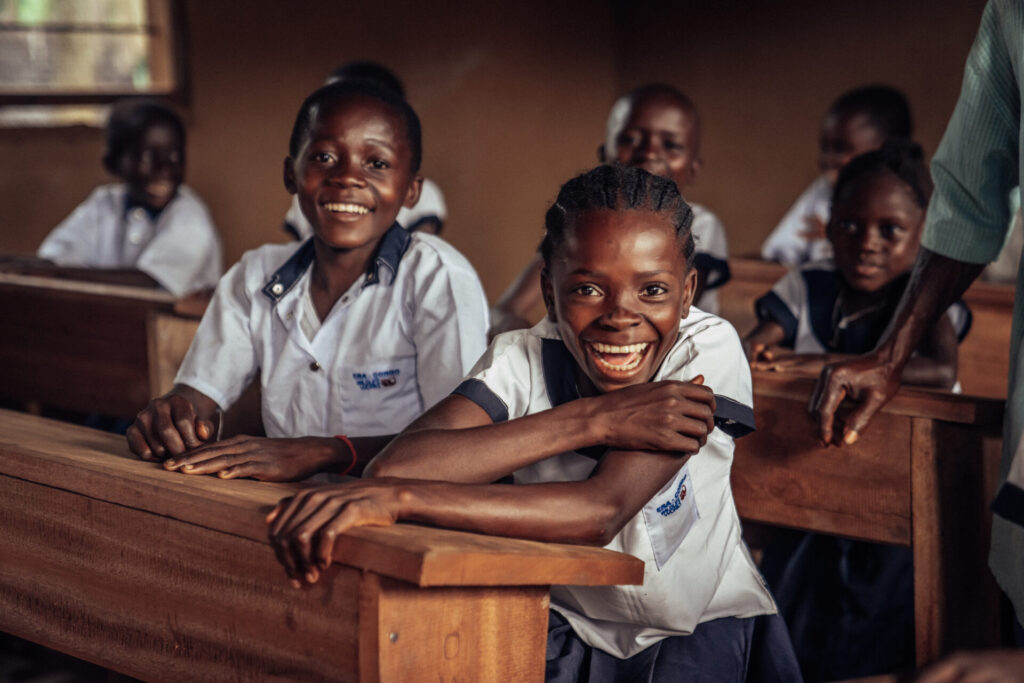
What’s your personal connection to the community?
I was born in Tondo, not far from Mai Ndombe. A couple of km north. But there are no roads, so it’s a 4 day walk through the forest. My mum is from Mai Ndombe and when we used to visit her family, it would take us four days to get there through the jungle. My dad is from the other side.
Habitat for Humanity started in my village, Tondo.
I’m from the ruling tribe. My grandfather was a chief in the Mai Ndombe area whose tribe was responsible for the persecution of the Batwa people. But I’m their friend and they love me.
How do you work with the government?
It’s very difficult to work with the government but it’s important to stick to your principles and that’s what I do. We follow the law but fight for the communities’ and the provincial government’s fair share of carbon revenues. The Mai Ndombe local government is supporting us as we are supporting them. The Provincial Government loves the project as it’s providing a lot of benefits for them. The Ministry of Environment also loves the project as we are building assets for the environment.
Is there anything else you would like to say to companies who are interested in investing in this project?
Companies should invest in this project because it’s bringing finance to some of the poorest communities and it’s solving real world problems. It’s making a difference in terms of agriculture, education and health care. We’re not asking the World Food Programme to bring food to the villages. We are enabling access to finance for people to be self-sustainable in their villages; to improve their livelihoods. And this helps everyone. And that’s why this project is so important. The carbon credits are making a real difference to people’s everyday lives.